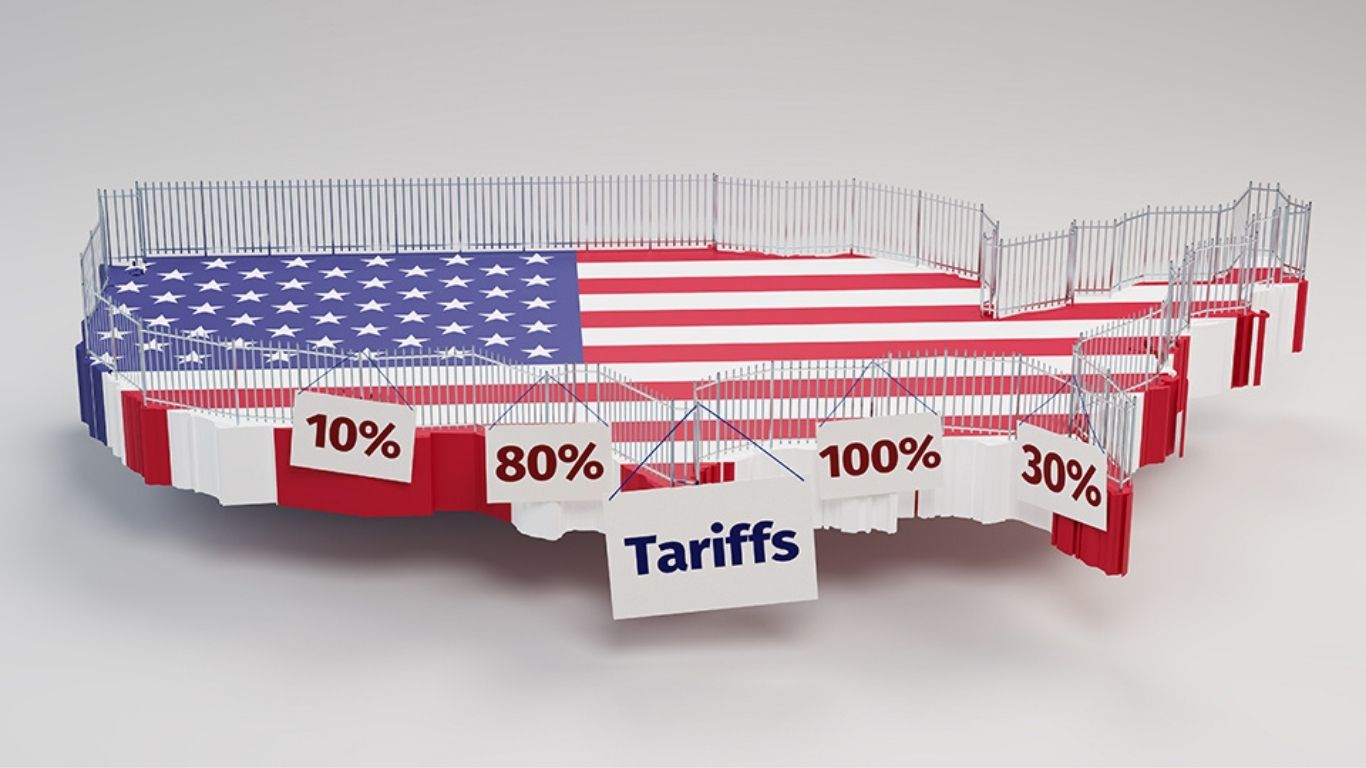Historic Patterns Still Echo
For over a century, the stock market has revealed certain behavioral cycles—sharp declines, brief recoveries, and prolonged downturns. These patterns are not merely coincidences but recurring responses to shifting economic fundamentals and investor psychology. Analysts warn that the current trajectory of the S\&P 500 eerily mirrors past bear markets such as those of 1929, 2000, and 2008. In each case, markets experienced a second, deeper fall after an initial recovery. Today’s bounce may prove no different. With valuations still elevated and macroeconomic risks unresolved, history’s lesson is sobering: the worst may not be behind us—it may lie just ahead.
Recovery Faces Harsh Reality
The initial market rebound post-2020 was swift and dramatic, fueled by stimulus packages, low interest rates, and investor enthusiasm. But the environment in 2025 is fundamentally different. Inflation, though off its peak, persists in sticky sectors like housing and services. Interest rates remain high, corporate earnings are weakening, and global tensions continue to disrupt trade and investment flows. Once-bullish forecasts are being downgraded. The data increasingly shows that this is not just a pause in growth—it may be the early stages of a structural slowdown. Beneath the surface of recovery lies fragility, and smart investors are starting to reposition accordingly.
Technicals Flash Red
Market technicians have begun to sound alarms. The S\&P 500’s recent behavior aligns with classic bear market rallies—a phenomenon where short-lived optimism gives way to a deeper plunge. Historical bear markets show a familiar rhythm: an initial sharp drop, followed by a rebound, then a steeper and more prolonged decline. Currently, the index sits at a precarious resistance level. Momentum indicators are weakening, and breadth is narrowing, meaning fewer stocks are driving gains. If the pattern holds, a 19% decline from current levels is not only possible—it’s plausible. Charts are not prophecy, but they are rarely wrong for long.
Fear Is Spreading Fast
Investor sentiment has taken a sharp turn. The “fear index” (VIX) has risen steadily, institutional investors are moving to cash, and retail traders are beginning to pull back from speculative plays. This psychological shift is significant. Market moves are not dictated by logic alone—they’re also driven by emotion. As fear escalates, selling pressure can intensify, often becoming self-reinforcing. The narrative is changing: from optimism about soft landings to concern over hard realities. The herd is growing cautious, and historically, such sentiment has often preceded major downturns. Awareness is growing—but so is anxiety about what lies ahead for equities.
Stay Strategic, Not Scared.
While headlines warn of decline, seasoned investors know that turbulence also brings opportunity. History teaches that those who stay disciplined, diversified, and patient often emerge stronger. This is a time to evaluate exposure—reduce risk-heavy positions, bolster holdings in resilient sectors like healthcare or utilities, and consider defensive assets like bonds or cash equivalents. Don’t try to time the bottom; instead, build a plan that survives it. Markets do recover, but not all portfolios do. Avoid panic, focus on fundamentals, and prepare to act decisively when value re-emerges. In times like these, wisdom lies not in fear—but in foresight.




